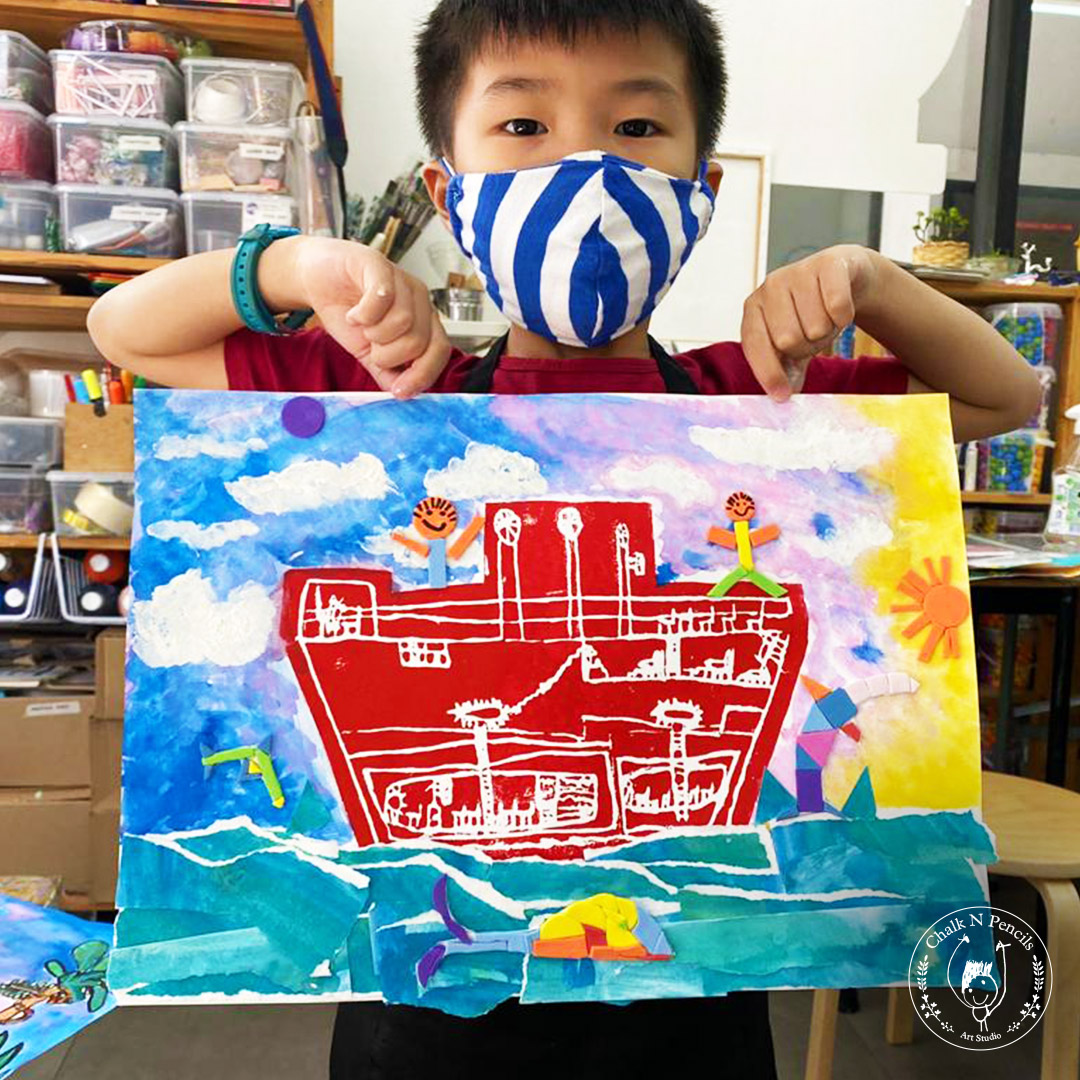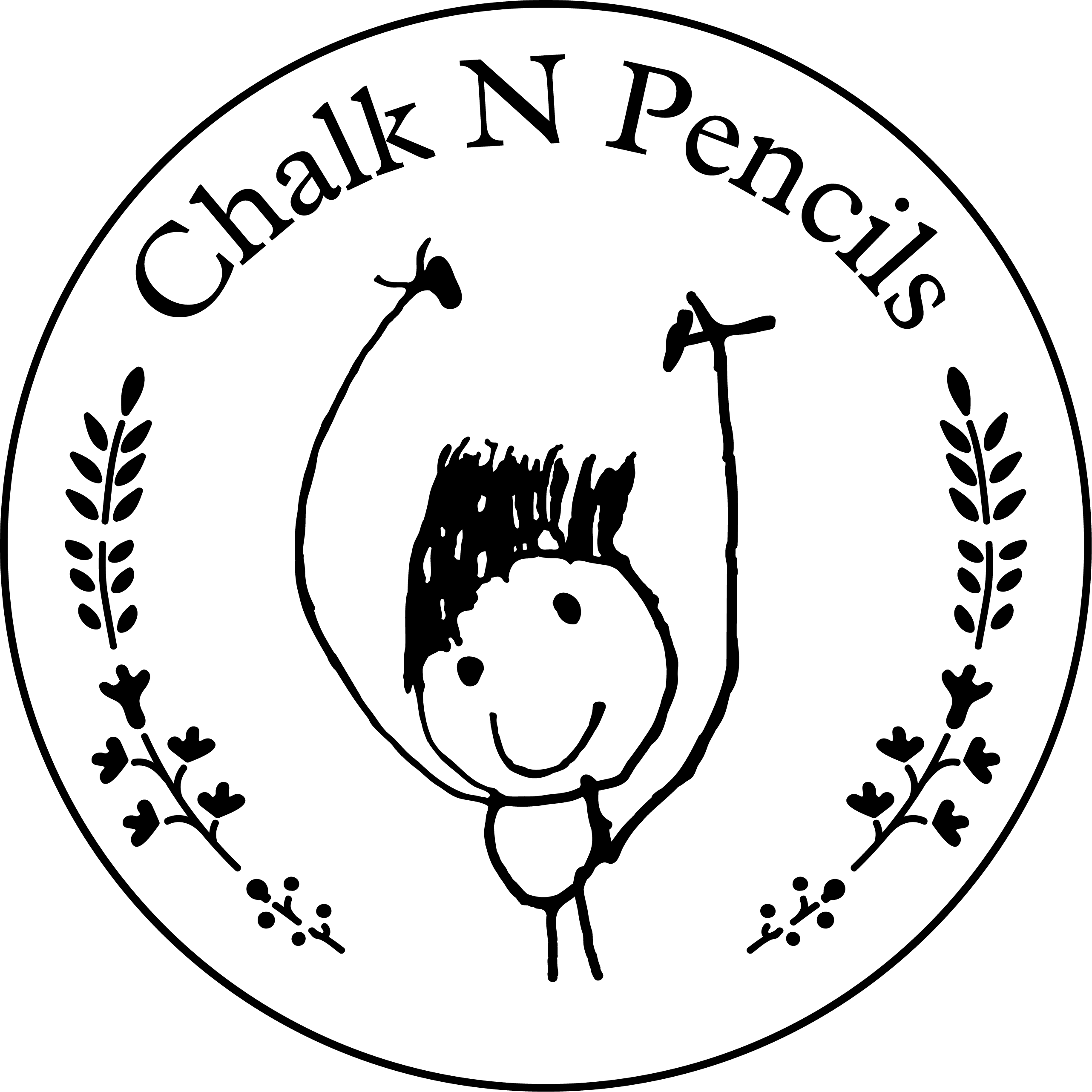Geometry and Storytelling: Here, the children combine geometric shapes and bright colors to create a whimsical castle scene, incorporating geometry to form spaces for their characters to inhabit
STEAM education is more than just a buzzword; it’s a powerful approach to learning that has been shown to have significant benefits for children. By integrating art and science, STEAM education can help children develop a wide range of skills and abilities that are crucial for their future success.
The Role of Art in STEAM Education
Art is crucial in STEAM education, complementing the other elements of Science, Technology, Engineering, and Mathematics. While these subjects often focus on logical thinking and problem-solving, art brings a unique perspective that encourages creativity and innovation.
Art and science may seem like opposites, but they complement each other in many ways. Both involve observation, exploration, and a deep understanding of the world. In science, this might involve observing natural phenomena or conducting experiments. In art, it involves observing the world around us and expressing it through various mediums.
Similarly, art and technology go hand in hand. Many modern art forms involve technology, from digital art created with software tools to interactive installations that use sensors and other electronic components. By integrating art and technology, children can learn to use technological tools creatively, opening up new possibilities for innovation.
One of the key benefits of including art in STEAM education is that it encourages creativity and innovation. Art classes provide a space where children can express their ideas freely, think outside the box, and come up with unique solutions to problems. This kind of creative thinking is beneficial for art and all fields, including science and technology.
Innovation often comes from combining different fields and perspectives, and that’s precisely what STEAM education promotes. By integrating art with science and technology, children can learn to see the connections between different subjects and apply their knowledge creatively, helping them develop the skills and mindset needed to become innovators in the 21st century.
STEAM Education in Singapore
In Singapore, the importance of STEAM education is increasingly being recognised. More schools are starting to integrate arts into their curriculum, and there are also a growing number of enrichment centres offering STEAM-based programs. At Chalk n’ Pencils, we provide a range of Kid’s Art Classes that incorporate elements of STEAM education, providing children with a fun and engaging way to learn.

Student’s work depicting a ship at sea, here we explore with the student concepts of internal structure and engineering of the ship.
The Benefits of STEAM Education
STEAM education encourages children to think critically and solve problems. With project-based learning where children have to devise solutions to real-world problems. This helps them develop the ability to analyse situations and make informed decisions, skills that are highly valued in many professions.
Moreover, STEAM education can help children develop their creativity by integrating art into the curriculum. This is not just about creating beautiful artwork but also about thinking outside the box and coming up with innovative solutions to problems.
STEAM education often involves collaborative projects, where children work together in teams. This can help them develop their communication skills, as they have to express their ideas clearly and listen to the ideas of others.
In STEAM projects, children are often encouraged to experiment and take risks. This can help them develop resilience and the ability to cope with failure, an essential life skill.
Many of the jobs of the future will require skills in both the arts and sciences. Providing children with a well-rounded education that includes both these areas, STEAM education can help prepare them for future careers.

Biology and Engineering: This young student’s project is a delightful blend of art and science. The rabbit paper mâché top represents biology, exploring animal forms and structures, while the gumball machine at the bottom incorporates engineering concepts, combining mechanical design with the playful function of candy dispensing. The colourful and tactile materials encourage sensory exploration, while the construction process itself involved mathematical planning for proportions and spatial reasoning, demonstrating a creative application of STEAM principles.
Elements of STEAM that we incorporate into art classes
We have designed some of our art projects to explore scientific concepts. For example, children could create art using different materials and observe how they interact, learning about density and solubility. They could also explore the science of colours, learning about how different colors can be mixed to create new ones.
Of course, art classes inherently involve the arts. However, in the context of STEAM, the focus is on using art not just as a form of self-expression, but also as a tool for learning and exploring other subjects. This could involve using art to visualize scientific concepts, or using the principles of design to solve engineering challenges.
Art classes can incorporate mathematics in various ways. For example, children could explore geometric shapes and patterns in their art, or use measurements and proportions to create accurate drawings. They could also learn about symmetry and balance, both of which are important principles in art and mathematics.

Observation and Color Theory: A student captures the essence of still life with a painting of eggplants, using color theory to create depth and dimension, highlighting observational skills and an understanding of light and shadow
Conclusion
In today’s rapidly changing world, a well-rounded education is more crucial than ever. STEAM education, especially when integrated with art, offers children the tools they need for success in the 21st century. Consider enrolling your child in a STEAM-based art class at Chalk n’ Pencils to boost their creativity and critical thinking skills, setting them up for a future of innovation and success. Book a trial class with us today and embark on this transformative educational journey.
Frequently Asked Questions
1. What is the difference between STEM and STEAM education?
STEM stands for Science, Technology, Engineering, and Mathematics, while STEAM adds an ‘A’ for Arts. The inclusion of Arts in STEAM education recognizes the importance of creative skills in our technology-driven world.
2. At what age can children start STEAM education?
Children can start STEAM education at any age. Even young children can benefit from STEAM activities that encourage exploration, creativity, and problem-solving.
3. How can I support my child’s STEAM education at home?
You can support your child’s STEAM education at home by providing them with opportunities for hands-on learning. This could include art projects, science experiments, or even everyday activities like cooking or gardening.
4. What skills do children develop in STEAM-focused art classes?
Children develop problem-solving, collaboration, technical understanding, and innovative thinking.
Ready to give your child the benefits of a STEAM education? Book a trial class with us today!
Exclusive Offer for Our Readers!
$5 off a trial art class at Chalk N Pencils when you click through this link and send us a message on WhatsApp.
Join Our Community
Eager to start your artistic journey? Join our community of artists in Singapore today! Whether you're looking to learn, create, or simply enjoy the company of fellow art enthusiasts, Chalk N Pencils is the place to be.






